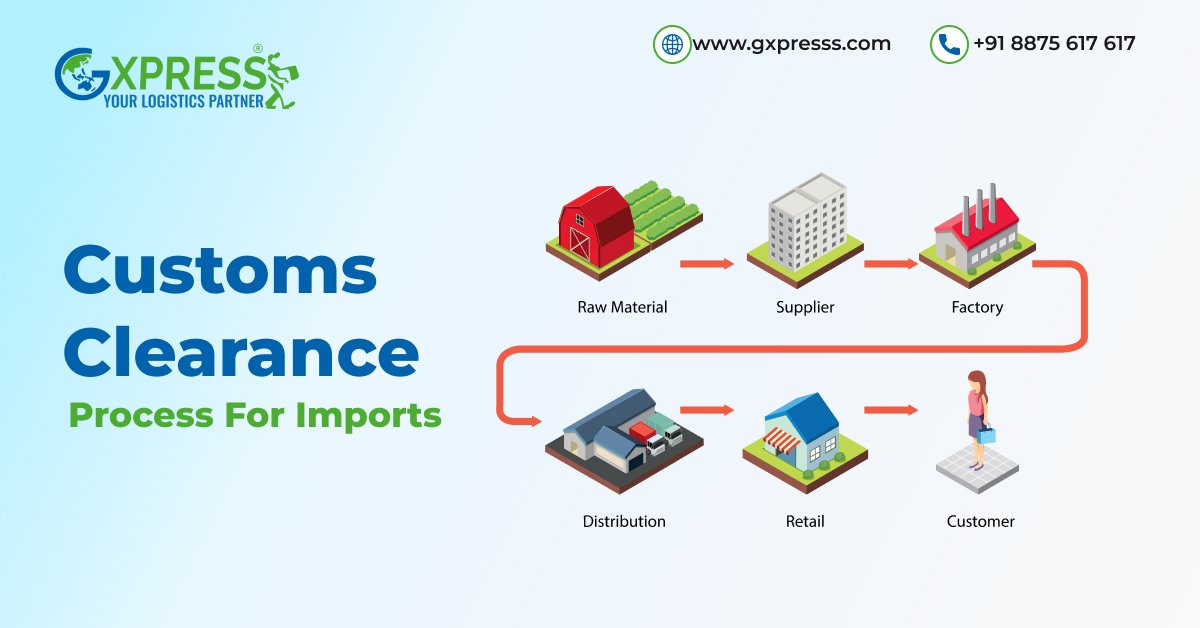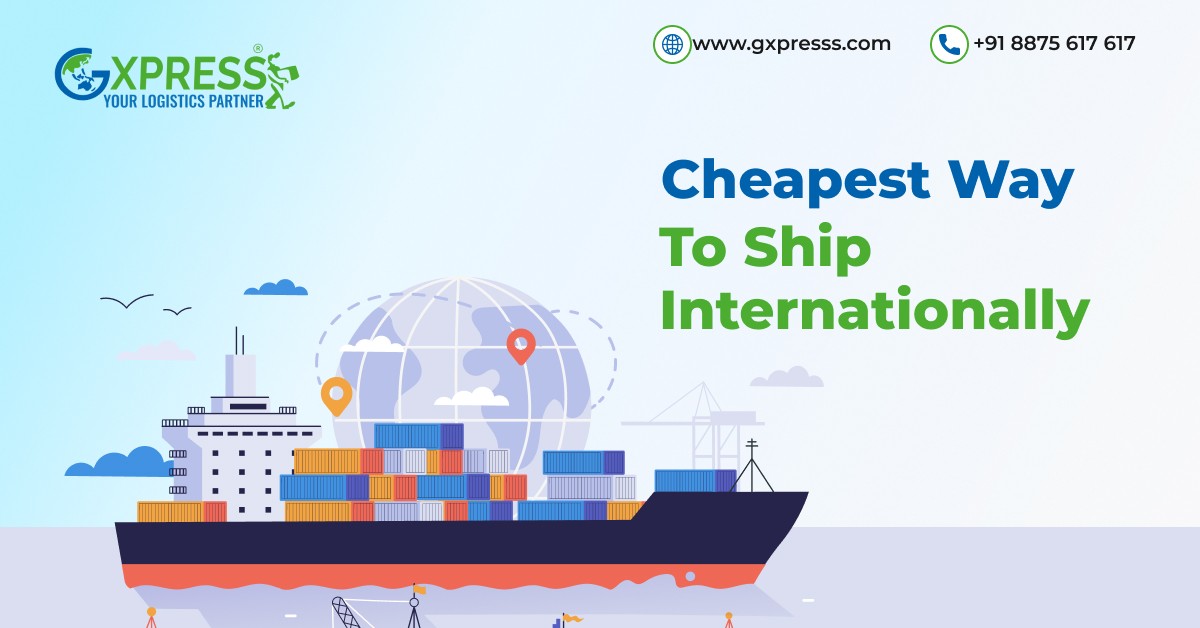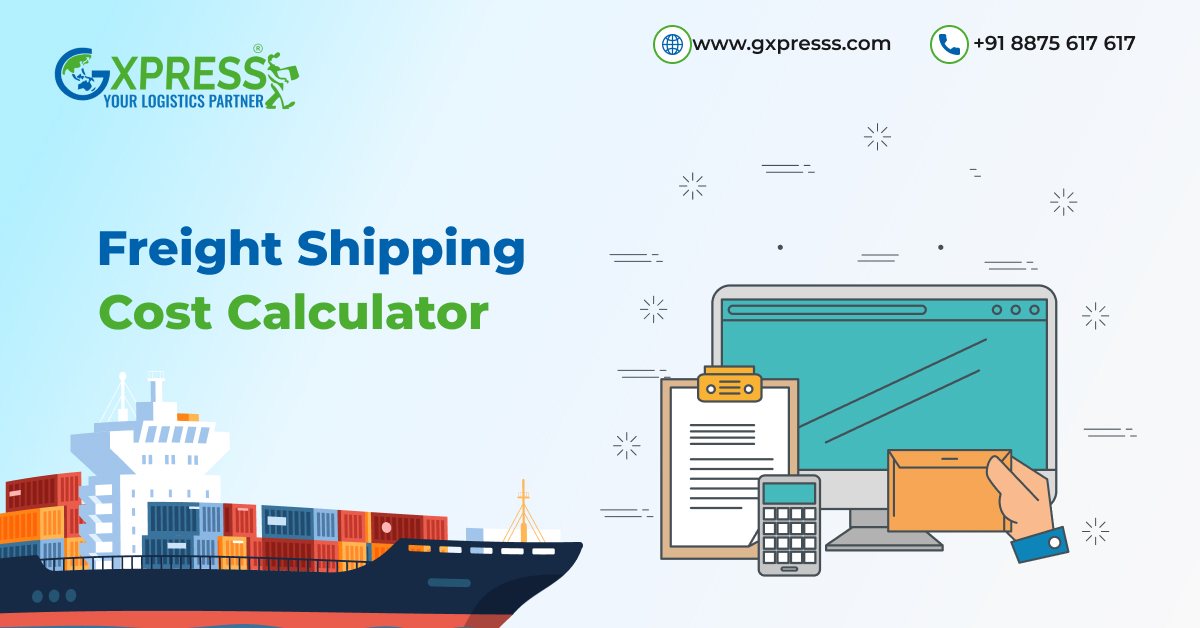July 23, 2025Freight8 min readBy Admin
Sea Freight Logistics for the Auto Parts Industry
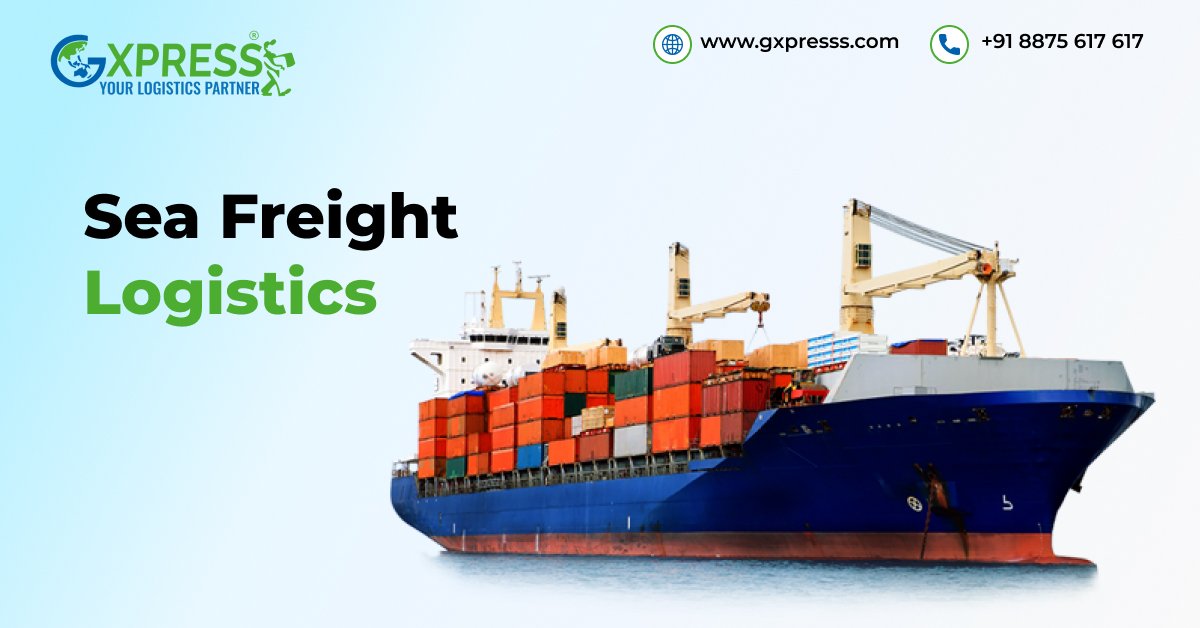
Sea freight logistics is what makes the auto parts industry go round. Think, where did all these parts come from? The hard steel parts, the fine moving bits, the tech parts, many have come a long way overseas, put safely in big metal boxes.
For those who make and sell car parts all over the world, sea travel is key, not just a choice. If you get gear parts from Japan or brakes from Germany, they most likely got to you over the big sea roads that ships use.
Let's look more at why seaways are top for moving car parts, what’s often sent, how folks handle these big sends, and the tough parts they often see.
Why is Ocean Freight Preferred by the Auto Parts Industry?
It all comes down to scale, cost efficiency, and suitability for heavy Sea Freight Delivery. The automotive supply chain is among the most globalized. Carmakers and tier suppliers source parts from dozens of countries. Sea freight makes this feasible because:- Big Scale, Low Cost
- Good for Big, Heavy Sea Freight Shipments
- Cost-Effective for Large Volumes
- Flexible Container Types
Frequently Shipped Auto Parts By Sea Freight Logistics
Stand on the dockside at a major port and peek inside some containers marked for auto manufacturers. You’ll discover a fascinating array of shipments. Some of the most commonly shipped auto parts by sea include:- Engines & Gearboxes Often packed in custom crates or secured on skids to prevent shifting.
- Body Panels & Frames Hoods, doors, bumpers, chassis components — these are often shipped in nested stacks.
- Wheels & Tires Loaded in bulk to maximize container space.
- Brake Systems & Suspension Parts Calipers, rotors, springs, and shock absorbers frequently move via ocean freight.
- Interior Components Seats, dashboards, and wiring harnesses, often packed in protective packaging to avoid scratches.
- Electronic Modules From ECUs to advanced driver-assistance sensors, electronics are a growing slice of automotive sea shipments.
How to Ship Auto Parts Internationally Through Sea Freight?
So how does it work when a manufacturer in Thailand needs to send 50 containers of engine assemblies to an assembly plant in Brazil? Or when a distributor in Dubai wants to import car seats from Italy? Here’s a look at the typical process.1. Planning & Coordination
Shipping auto parts by sea freight logistics starts long before anything gets loaded. Logistics teams work out:- Volumes and shipment frequency (weekly, monthly, seasonal peaks)
- Container types needed
- Transit times and best routes
- Customs documentation
2. Packing & Container Loading
Auto parts are rarely just “thrown into a box.” Proper packaging is critical:- Big parts like engines might sit on wooden boards and get tied down tightly.
- Fragile tech stuff may need special bags that keep away static and dry packs.
- Soft pads, dividers, and supports help stop harm on long trips over the sea.
3. Customs & Compliance
Because auto parts often cross multiple borders, robust documentation is needed:- Commercial invoice
- Packing list
- Bill of lading
- Certificates of origin
- Compliance with international standards (for example, E-mark for automotive electronics in Europe)
4. Ocean Transit & Tracking
Once on board, containers make their journey over several weeks. Meanwhile, supply chain teams closely monitor vessel positions, weather disruptions, and port schedules.5. Destination Handling
When containers arrive at the destination port:- They undergo customs clearance.
- Trucks or rail carriers move them to warehouses or factories.
- Sometimes, auto parts shipments are de-consolidated and sent in smaller lots to different destinations.
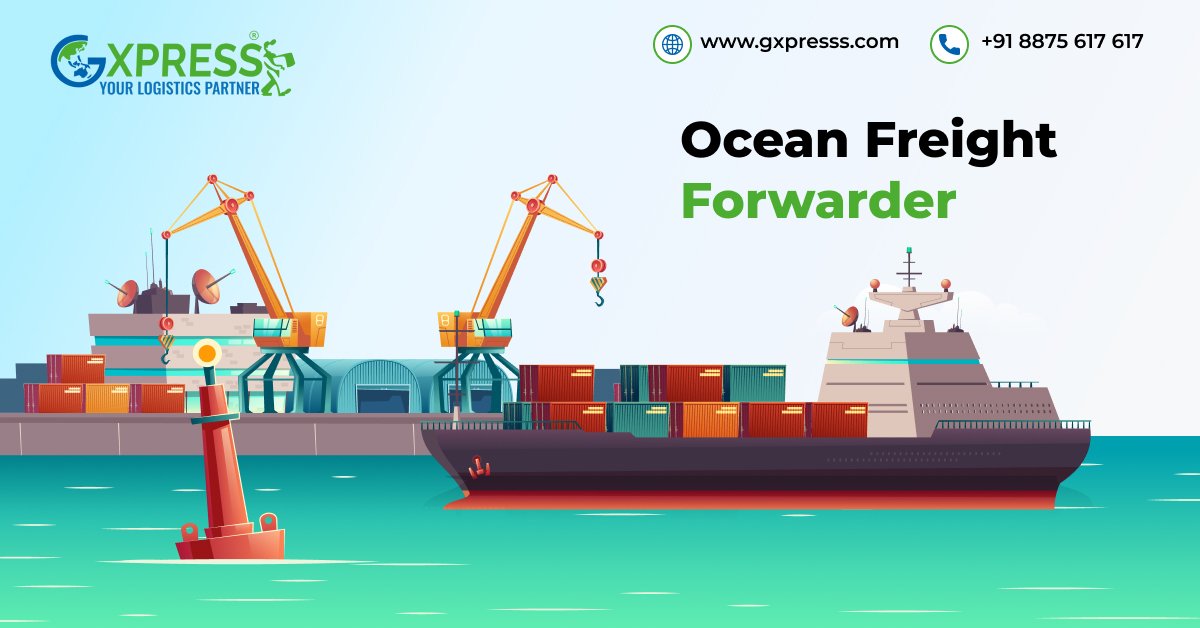
Common Challenges Faced When Shipping Auto Parts By Sea Freight
Sea freight logistics is key to auto parts shipping, but it has its own problems. Let’s explore a few that keep supply chain managers up at night.1. Transit Delays
Bad weather, busy ports, and big world events can mess up timetables. A boat stuck near the Panama Canal for days can mess up a tight "just-in-time" making plan.2. Damage in Transit
Even small errors while loading or unloading containers can bend parts, hurt electronics, or break fragile parts. That's why it's key to have good blocking, bracing, and soft packing.3. Customs & Regulatory Hiccups
Car parts often get looked at closely for rules. Wrong codes or lost rule papers can cause big delays and costs.4. Inventory Imbalances
Long shipping times mean companies must guess demand months before. Guessing too high or too low can lead to no stock or too much stock that ties up money.5. Rising Freight Costs & Surcharges
Fuel costs, not enough containers, or extra fees can make sea freight logistics prices jump, hitting profits.How to Choose a Good Ocean Freight Forwarder?
With these tough parts, most car part makers and sellers trust shipping partners. But not all forwarders are created equal. Here’s what to look for:1. Automotive Expertise
Choose a forwarder with a proven track record in the auto parts sector. They’ll understand the nuances, from handling engines to compliance with country-specific automotive standards.2. Strong Global Network
Your freight partner should have reliable agents and partners at both origin and destination ports. This ensures smoother customs processes and last-mile deliveries.3. Flexibility & Capacity
Can they arrange space on short notice during peak season? Do they offer multiple carrier options if one line faces congestion? This flexibility is vital.4. Advanced Tracking & Visibility
Modern auto supply chains are digital. Look for forwarders who provide real-time tracking dashboards, automated alerts, and proactive exception management.5. Insurance & Risk Management
Given the high value of automotive shipments, insurance solutions are critical. A seasoned forwarder will guide you on marine cargo insurance and mitigation strategies.Conclusion
As the sun sets, sending car parts by sea freight logistics is like running a huge world show. Many sellers from different lands, lots of parts, strict timelines, all need to sync just right. Ocean freight is the quiet star of this setup, moving the important auto parts for cars overseas. With good plans, strong boxes, rules in check, and a solid shipping friend, firms can make sure that from busy ports in Shanghai to work floors in Detroit, vital car parts get there safely, on time, and without spending too much. Next time you get in your car and start it, think for a second. Think not just about the tech under the hood, but also the amazing worldwide trip that made all those parts come together.Frequently Asked Questions
Q1. What is a sea freight service?
Sea freight service means moving a lot of goods by big ships on sea routes. It is the cheapest way to move large or heavy things far away.Q2. What is the logistics automotive industry?
The logistics automotive industry handles how car parts and cars get from makers to building places, shops, and buyers. They use trucks, ships, and trains to move things.Q3. Which logistics service involves managing the transportation of goods by sea?
Ocean freight logistics (or sea freight logistics) is about planning, moving, and handling shipments by sea. It includes dealing with containers, paperwork, and customs.Q4. How to ship auto parts?
To ship auto parts, first pick the right package and container. Then, work with a sea freight logistics company. They take care of booking, paperwork, customs, and getting things to their end destination.Q5. How to check sea freight charges?
You can find out sea shipping costs by asking for prices from people who plan sea shipping. They figure out the cost based on how much the cargo weighs or its size, where it’s going, and the usual rates.Q6. How many days is sea freight?
Sea freight times usually go from 10 to 45 days. It depends on how far the ports are, the sea paths used, and if there are any stops in between.Share this article:

